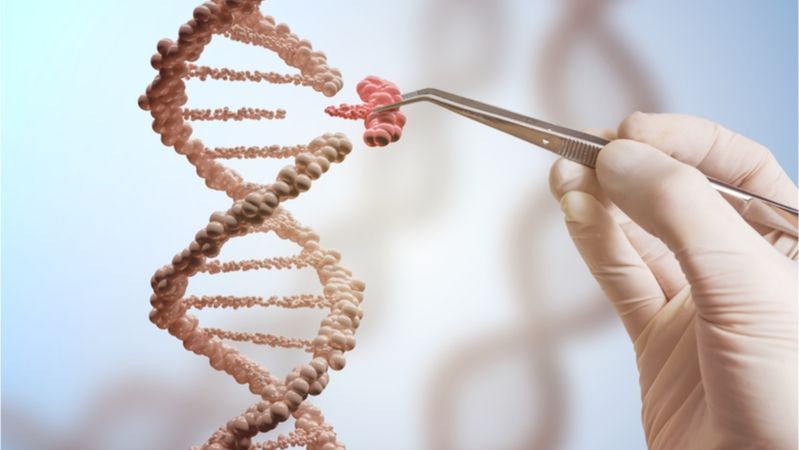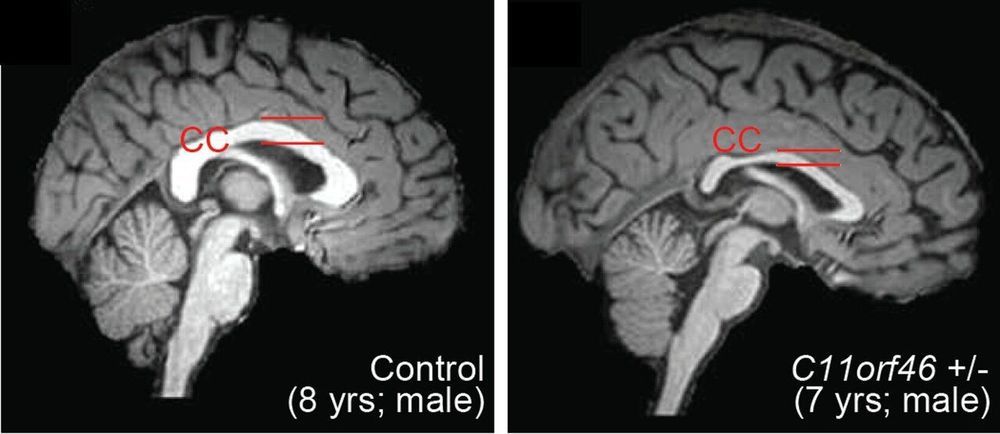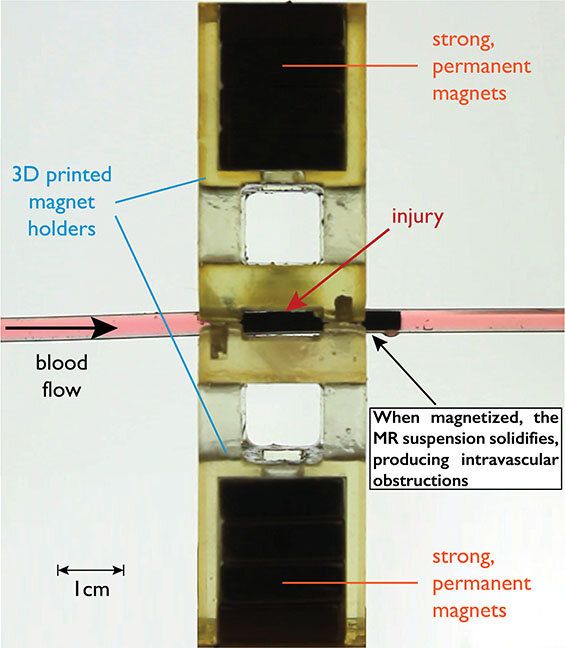The unproven gene therapy aims to lengthen a person’s telomeres.



DNA damage, which results in genomic instability, is one of the primary hallmarks of aging. Today, we want to highlight an recent open access review that explores the DNA damage response during aging.
The role of DNA damage
Some researchers have long suggested that damage to our DNA is a major reason why we age and a strong determinant of species longevity; indeed, many-long lived species have extremely stable genomes, such as bristlecone pines, which have lifespans of over 5000 years.

A new open access paper takes a look at tryptophan and the role that it plays in the dysfunction of the immune system in the context of the age-related changes that occur in the microbiome [1].
The microbiome
The gut microbiome is a complex ecosystem of bacteria, archaea, eukarya, and viruses that live inside of us, some beneficial and some harmful, the balance of which keeps us alive. Four microbial phyla, Firmicutes, Bacteroides, Proteobacteria, and Actinobacteria, make up 98% of the total population of the intestinal microbiome.

Recently, the first attempt in the United States to use the gene editing tool CRISPR to combat cancer appears to have gone well, according to the initial results of a small human trial to determine safety for the approach.
Gene editing is a way to permanently change DNA in order to potentially cure a disease by attacking the root causes. CRISPR is a tool that can cut DNA at a specific spot, allowing genes to be removed or replaced or new genes to be inserted. CRISPR and other similar gene editing tools have long been used in the lab and are finally, after many years, starting to reach human trials for cancer and other diseases.
The approach involved doctors harvesting immune T cells from three cancer patients’ bloodstreams and modifying those cells with CRISPR to make them better able to detect and destroy cancer. Two of the patients have multiple myeloma, and the third has a sarcoma. Essentially, this therapy uses the body’s own immune cells to fight the disease rather than going with the traditional route of using drugs to disrupt the growth and spread of cancer.
In mouse models of Alzheimer’s disease, the investigational drug candidates known as CMS121 and J147 improve memory and slow the degeneration of brain cells. Now, Salk researchers have shown how these compounds can also slow aging in healthy older mice, blocking the damage to brain cells that normally occurs during aging and restoring the levels of specific molecules to those seen in younger brains.
The research, published last month in the journal eLife, suggests that the drug candidates may be useful for treating a broader array of conditions and points out a new pathway that links normal aging to Alzheimer’s disease.
“This study further validated these two compounds not only as Alzheimer’s drug candidates but also as potentially more widely useful for their anti-aging effects,” says Pamela Maher, a senior staff scientist at Salk and a co-corresponding author of the new paper.

Using a targeted gene epigenome editing approach in the developing mouse brain, Johns Hopkins Medicine researchers reversed one gene mutation that leads to the genetic disorder WAGR syndrome, which causes intellectual disability and obesity in people. This specific editing was unique in that it changed the epigenome—how the genes are regulated—without changing the actual genetic code of the gene being regulated.
The researchers found that this gene, C11orf46, is an important regulator during brain development. Specifically, it turns on and off the direction-sensing proteins that help guide the long fibers growing out of newly formed neurons responsible for sending electrical messages, helping them form into a bundle, which connects the two hemispheres of the brain. Failure to properly form this bundled structure, known as the corpus callosum, can lead to conditions such as intellectual disability, autism or other brain developmental disorders.
“Although this work is early, these findings suggest that we may be able to develop future epigenome editing therapies that could help reshape the neural connections in the brain, and perhaps prevent developmental disorders of the brain from occurring,” says Atsushi Kamiya, M.D., Ph.D., associate professor of psychiatry and behavioral sciences at the Johns Hopkins University School of Medicine.
A ketone-supplemented diet may protect neurons from death during the progression of Alzheimer’s disease, according to research in mice recently published in JNeurosci.
Early in the development of Alzheimer’s disease, the brain becomes over excited, potentially through the loss of inhibitory, or GABAergic, interneurons that keep other neurons from signaling too much. Because interneurons require more energy compared to other neurons, they may be more susceptible to dying when they encounter the Alzheimer’s disease protein amyloid beta. Amyloid beta has been shown to damage mitochondria — the metabolic engine for cells — by interfering with SIRT3, a protein that preserves mitochondrial functions and protects neurons.
Cheng et al. genetically reduced levels of SIRT3 in mouse models of Alzheimer’s disease. Mice with low levels of SIRT3 experienced a much higher mortality rate, more violent seizures, and increased interneuron death compared to the mice from the standard Alzheimer’s disease model and control mice. However, the mice with reduced levels of SIRT3 experienced fewer seizures and were less likely to die when they ate a diet rich in ketones, a specific type of fatty acid. The diet also increased levels of SIRT3 in the mice.


Inspired by their use in mechanical systems, Massachusetts Institute of Technology researchers are testing a magnetically-actuated fluidic valve to use in trauma patients suffering from hemorrhage.
Yonatan Tekleab and his colleagues will explain how the valve works at the American Physical Society’s Division of Fluid Dynamics 72nd Annual Meeting on Nov. 25 at the Washington State Convention Center in Seattle. The talk is part of a larger session on biological fluid dynamics for medical devices.
Approximately 80% of trauma related deaths after the first hour of admission to the hospital are due to hemorrhagic shock. Tekleab said their system of an injectable magnetorheological suspension and externally placed small magnets would be able to significantly reduce bleeding before the patient is transported to the hospital.

NaNotics, in another breakthrough, is promising a new kind of medication, and suggests to have found a way to combat age related diseases; boldly going where no nanotech has gone before.
Lou Hawthorne of NaNotics, LLC opened his presentation at a recent longevity investor event using a clip from Star Trek that shows captain Kirk being giving a shot that restores him to his younger years.
“It’s tempting to assume it’s a drug, but what if the content of that syringe was something new?” NaNotics’ CEO Hawthorne asked. “NaNots are a new class of medicine. They are engineered to do just one thing and that’s the holy grail of medicine design, because most drugs do two things: something you want them to do, and something you don’t. In other words, side effects.”